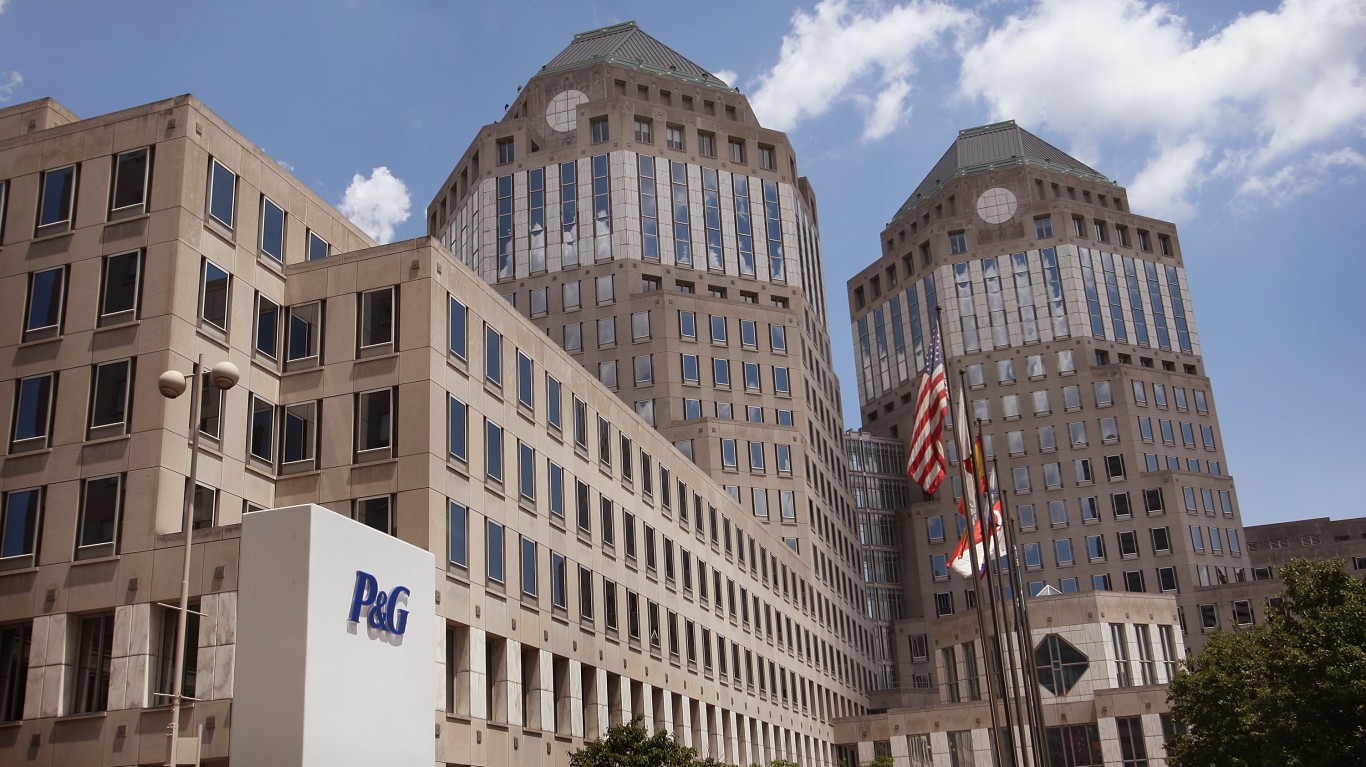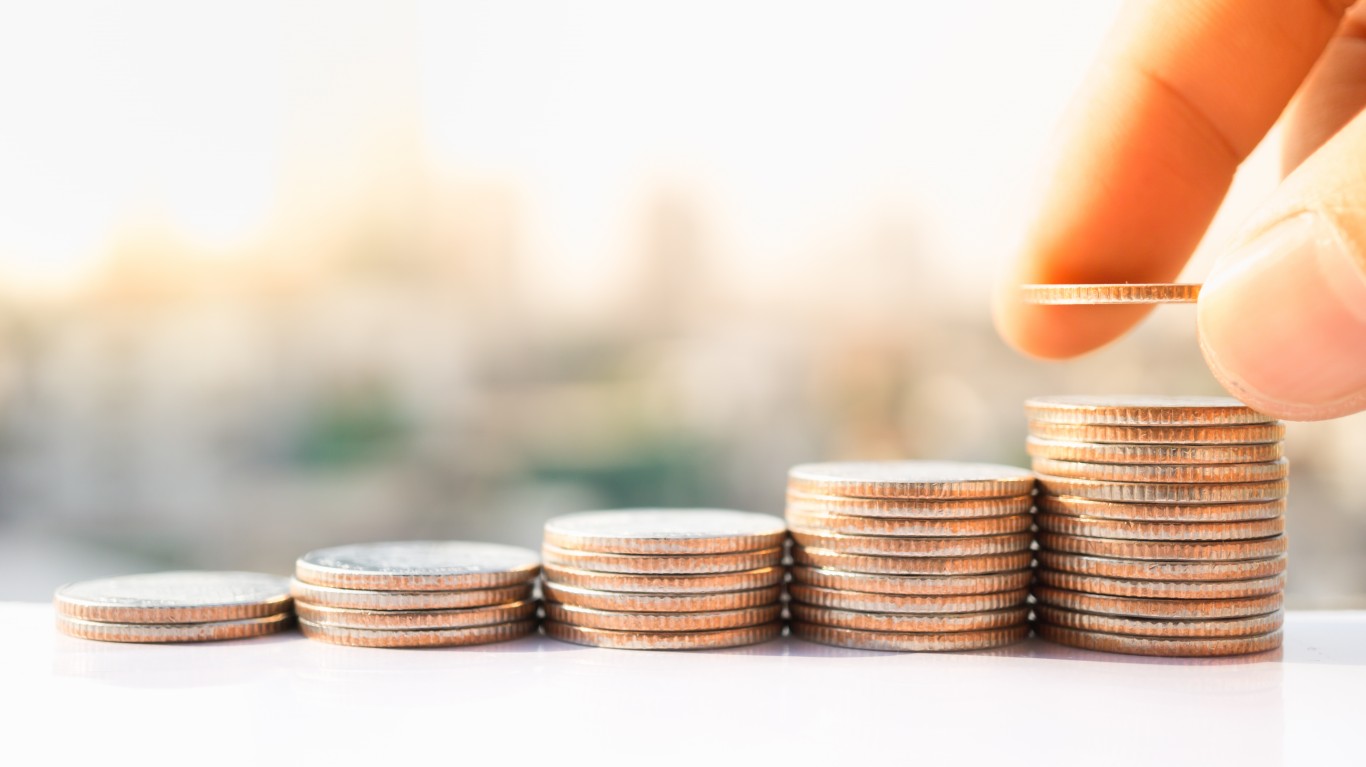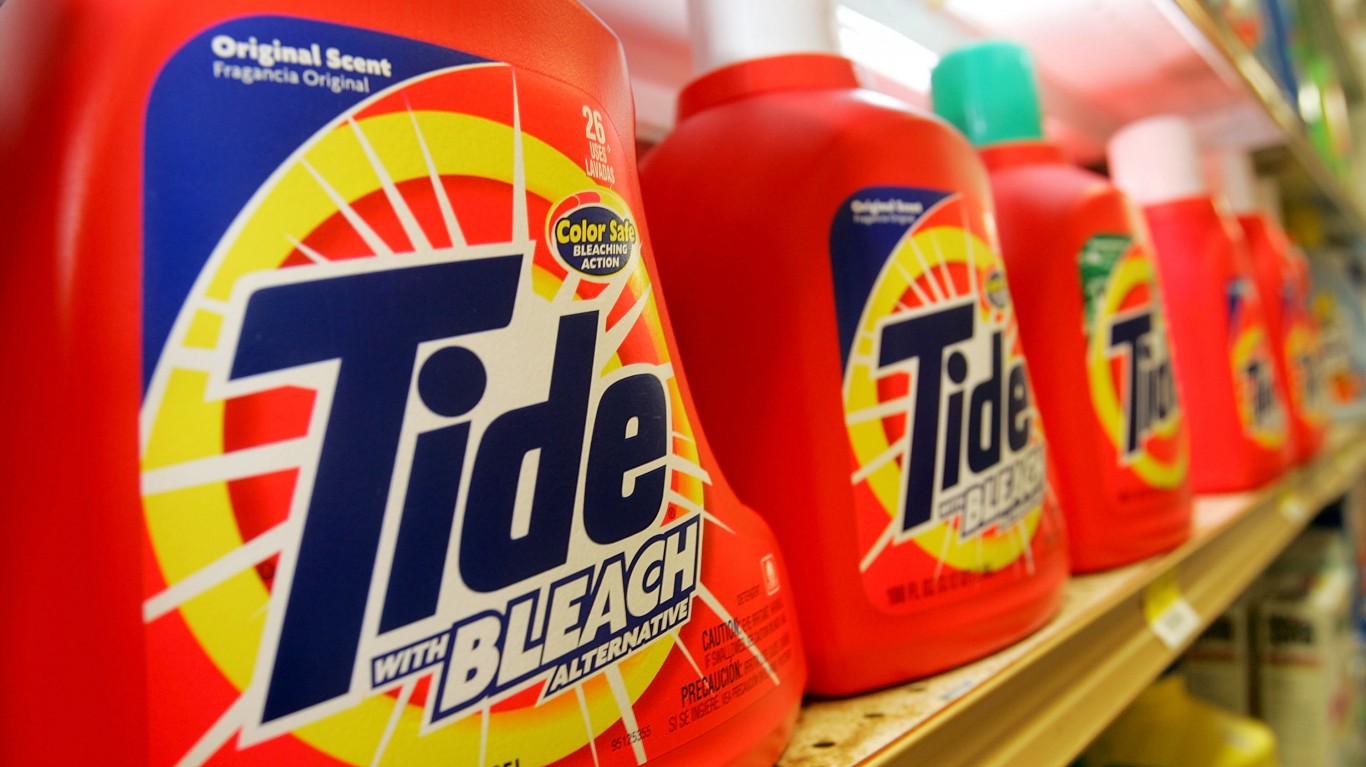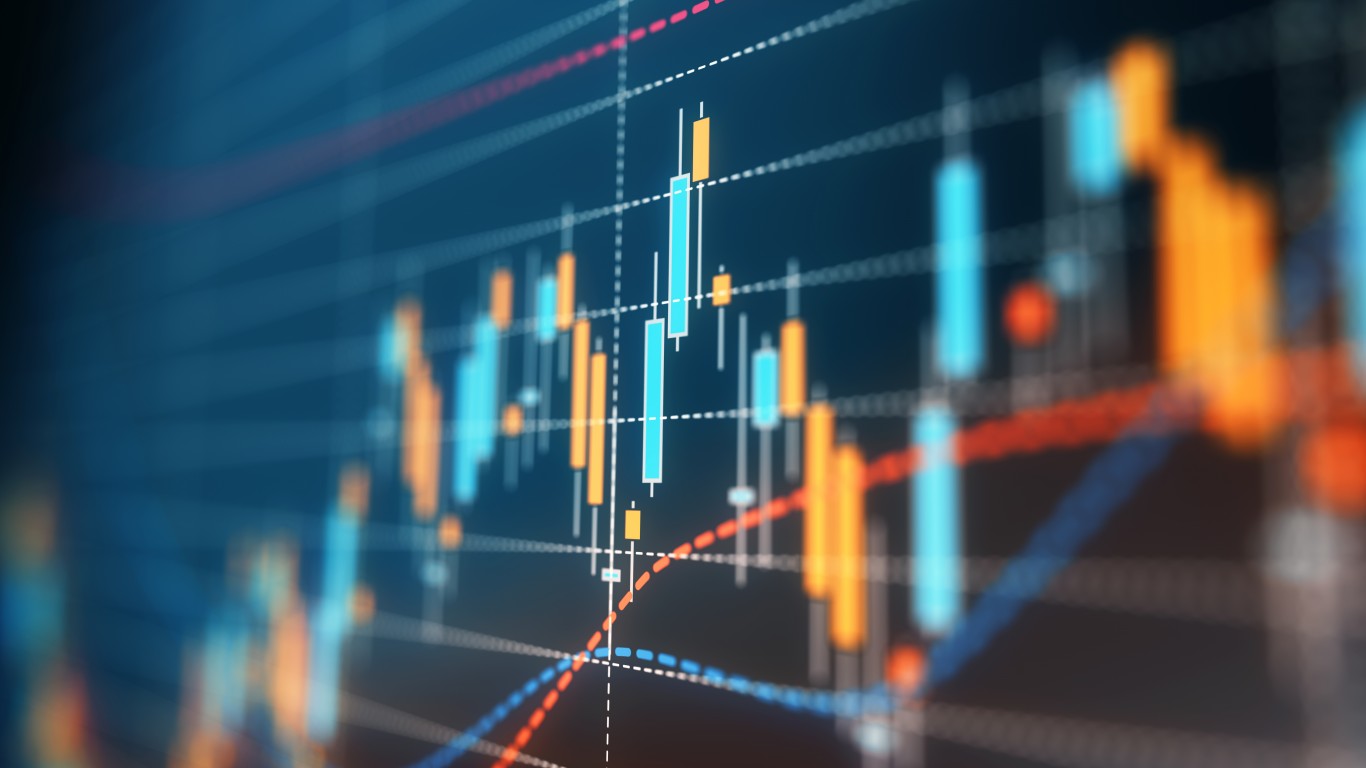
24/7 Wall St. Insights
- Procter & Gamble Co. (NYSE: PG) just rewarded its shareholders again with a quarterly dividend.
- This Dividend King is the epitome of a steady and reliable stock.
- Also: 2 Dividend Legends to Hold Forever.
Procter & Gamble Co. (NYSE: PG) is rewarding its shareholders once again with a quarterly dividend of $1.0065, payable on Friday, Nov. 15. The company’s chief financial officer recently warned that the latest quarter would “not look materially different” from the prior quarter. In fact, the most recent earnings report fell short of expectations on the top line due to weak demand in China. Still, the dividend payment underscores the management’s commitment to delivering consistent value to investors.
Why Investors Like Dividends

Investors favor dividend stocks for two main reasons. The first is that they offer enticing total return potential. Total return is a comprehensive measure of investment performance that includes interest, capital gains, dividends, and distributions realized over time. In other words, the total return on an investment or a portfolio consists of income and stock appreciation. It is one of the most effective ways to boost the prospects of overall investing success.
Dividend stocks can also provide investors with a steady, reliable stream of passive income. Passive income is money that is earned with little to no ongoing effort, usually from assets that generate cash flow. This income can come from a variety of sources, including stock dividends. Generating passive income is a desirable financial strategy for those seeking to diversify their income streams or achieve financial independence.
A Dividend King

Procter & Gamble is the epitome of a stable and dependable stock. It has not only paid out but has increased its dividend annually for 68 years. That makes it Dividend King, a member of that exclusive group of stocks that have at least 50 consecutive years of dividend growth. Only a few Dividend Kings have a longer streak of annual dividend growth.
Since 2005, Procter & Gamble’s dividend has grown over 300%. The current dividend yield is 2.4%, a little better than the average yield of the consumer discretionary sector. The share price has grown by 200% or so since 2005 as well, offering investors growth along with the income.
Procter & Gamble, the Company

Procter & Gamble provides branded consumer packaged goods worldwide. It has many well-known and highly regarded brands, including Head & Shoulders, Old Spice, Gillette, Oral-B, Pepto-Bismol, Tide, Mr. Clean, Pampers, Tampax, and Charmin. It sells its products primarily through mass merchandisers, e-commerce, grocery stores, membership club stores, drug stores, department stores, distributors, wholesalers, specialty beauty stores, pharmacies, and professional channels, as well as directly to consumers.
Its headquarters are in Cincinnati. The company was founded in 1837 by candlemaker William Procter and soap-maker James Gamble. The initial public offering of the current stock was in January of 1978. P&G is similar to or competes with Colgate-Palmolive Co. (NYSE: CL), Church & Dwight Co. Inc. (NYSE: CHD), Unilever PLC (NYSE: UL) and others.
Future revenue growth has been a concern for investors and analysts in this time of inflation concerns, economic uncertainty, and pending tariffs. Yet, the company recently announced the expansion of a facility in Louisiana. It also posted mixed results in the previous quarter. For about a decade now, the company has been trimming its stable of brands to eliminate those that underperform. Since before the pandemic, the number of employees has been increasing, but so have revenues.
Procter & Gamble, the Stock

P&G’s share price has grown almost 39% in the past five years, underperforming the Dow Jones industrial average in that time. In the past year, the stock is up nearly 10%, while the Dow is over 25% higher. Shares hit a multiyear high of $177.94 back in September. That is a couple of bucks lower than the current mean price target, which signals more than 7% upside potential in the next 12 months. Morgan Stanley reiterated its Overweight rating recently, but less than half of the 22 analysts following the stock recommend buying shares.
The stock remains popular with hedge funds, including being a top pick of billionaire Ray Dalio. Institutional investors hold about 69% of the shares. BlackRock, State Street, and Vanguard have notable stakes. About 2.4 million shares, or less than 1% of the float, are held short. Note that some executives recently parted with small batches of shares, and CEO Jon Moeller sold more than $6 million worth of shares back in August.
Three Dividend Kings to Buy for Big Long-Term Total Returns
100 Million Americans Are Missing This Crucial Retirement Tool
The thought of burdening your family with a financial disaster is most Americans’ nightmare. However, recent studies show that over 100 million Americans still don’t have proper life insurance in the event they pass away.
Life insurance can bring peace of mind – ensuring your loved ones are safeguarded against unforeseen expenses and debts. With premiums often lower than expected and a variety of plans tailored to different life stages and health conditions, securing a policy is more accessible than ever.
A quick, no-obligation quote can provide valuable insight into what’s available and what might best suit your family’s needs. Life insurance is a simple step you can take today to help secure peace of mind for your loved ones tomorrow.
Click here to learn how to get a quote in just a few minutes.
Thank you for reading! Have some feedback for us?
Contact the 24/7 Wall St. editorial team.





